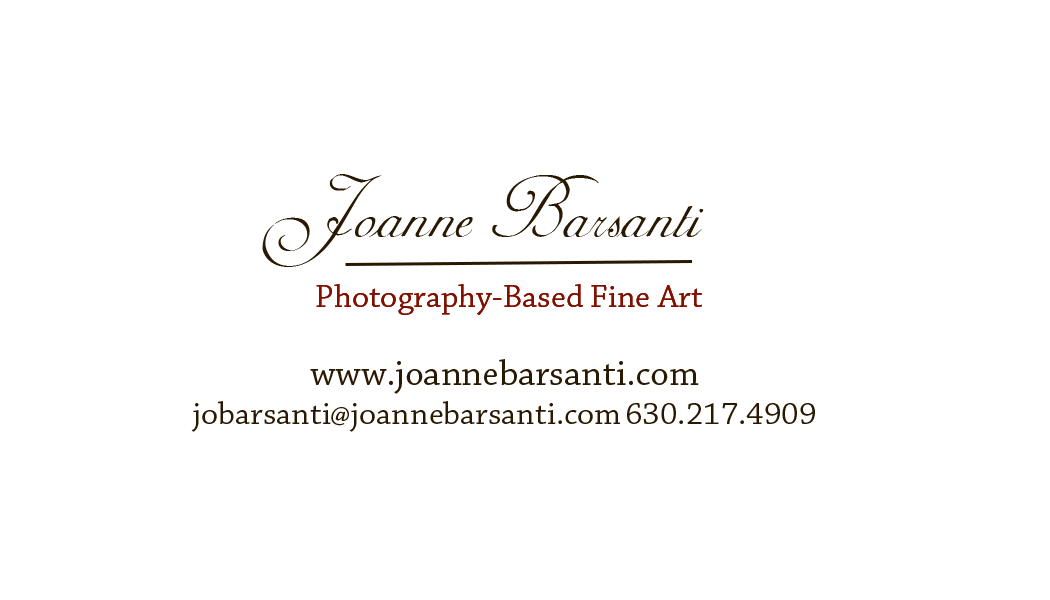My Story . . .
I never knew what I wanted to be when I grew up. I was interested in too many things, and the career choices for women were somewhat limited. What I did know was that I loved learning new things. I loved anything math-related, solving puzzles of all sorts: crossword puzzles, de-coding messages, logic puzzles, even jigsaw puzzles. I loved looking for and finding patterns, finding those little pictures within the larger pictures, figuring out what was different: anything that would challenge my logically ordered brain. At the same time, I loved reading and writing, mostly fiction, with mysteries my favorites: something to be solved.
In high school, I was the smart shy girl in the Advanced Placement classes. I was on the college track, so Typing Class, Business Classes and the like were not on my approved agenda, although I do remember taking some art classes, which I loved. Privately, I studied the piano; another entry to the arts, with mathematical undertones. But my life in the Arts would take a back seat for a while. A long while.
For college, I initially chose a major in Math, but after my second year switched to English: Math was still my favorite love, but the necessary Physics and Chemistry were not my friends. So my education is Liberal Arts based, with a minor concentration in Math.
Looking back, I realize that my eventual first career in computers and technology did not exist when I was in school. Perhaps one reason I could not resolve the “what I want to be” question. By the time I graduated from College, the field of Data Processing was just emerging. For me, this presented an entry into a new career free of the gender bias found in traditional jobs. I loved everything about my first job - the people I worked with, the opportunity to learn new things, to put my logic skills to the test, to be creative in problem solving, and the satisfaction of delivering useful technology-based solutions to my clients.
Fast forward to the end of that first career, which by then was called Information Technology: other than the people, everything was wrong - the creative aspects were squelched, the joy was sucked out of my work-day, and what remained was obedience to metrics. I knew it was time to leave, but I didn’t know how to get out or where to go.
Fortunately the decision was made for me: it was called down-sizing. Within a few short years, our department went from one hundred twenty-six people down to twelve plus some offshore techies. After six rounds, my card came up. Everyone was so sympathetic, but I was rejoicing. Now I could concentrate on what had become my new love: photography.
It was time for my “Me” career. All of the training, the skills learned and practiced in my first career now found a higher purpose in the world of Fine Art Photography. So many things to learn, both artsy and technical. In studying those who had gone before, I was fascinated with Jerry Uelsmann, who worked in the darkroom to combine multiple photographs into seamless photomontages portraying new worlds of fantasy. There was precedent and examples for what I wanted to do.
Now I had new tools for creating art, and I could combine my love of computers and software technology with digital photography to create the images I never could with pencils and paints. But what kind of images would those be? As I studied photography classes at my local community college and took online webinars, I learned new techniques, and photographed a variety of subjects and assignments. The subject matter that came most naturally and with ease was nature-based: flowers, birds, landscapes, both broad and intimate.
What I was coming to realize is that I wanted more from my photographs - I wanted them elevated to Fine Art status. As I tried new subjects and techniques, my images started speaking up for themselves. I had always been fascinated with Asian Art - the woodblock prints, the screen panels, the delicacy of flowers and birds. At the same time, I grew to love the Audubon studies of plants and birds. Both of those styles and subjects have inspired me to create my own unique works - part photography, part something else. Often they are places that might exist, but do not in the real world.
There is a definite tone of East-meets-West in my work; western birds, and scenes printed on Japanese papers and silks. Very often I combine elements that are found in Japanese gardens. The water, rocks, trees and plants, birds, and fish: all are symbolic, and work together in a dynamic way to create an oasis of peace and serenity in an otherwise chaotic world.
The rules and guidelines that I learned and lived with for so many years in the technology world provide an undercurrent in the art world: composition, rule of thirds, patterns, leading lines, negative space, and more.
I produce peaceful, meditative works that make me happy and proud to share with others. The world of art has been a journey and a process; a consistent and gradually changing evolution on a path to growth. I am thankful for my first career, one that allows me to pursue my “me” career and find fulfillment and happiness.
